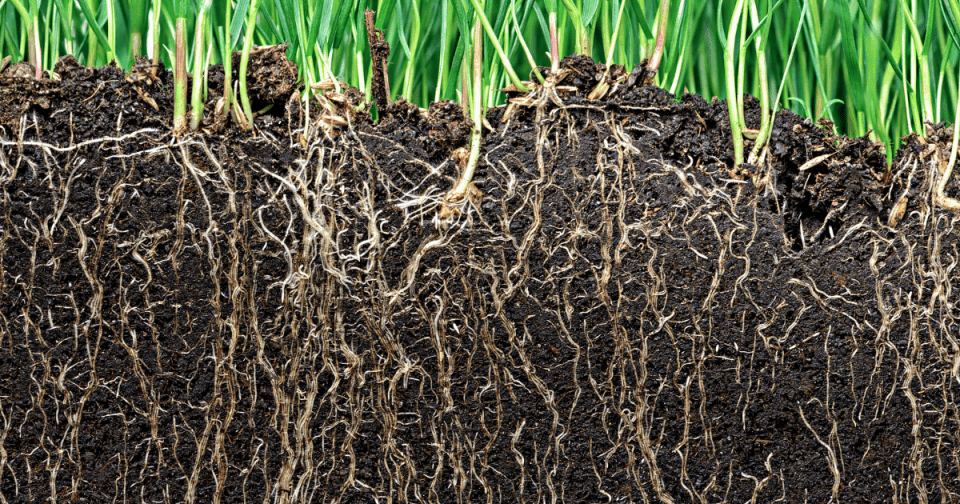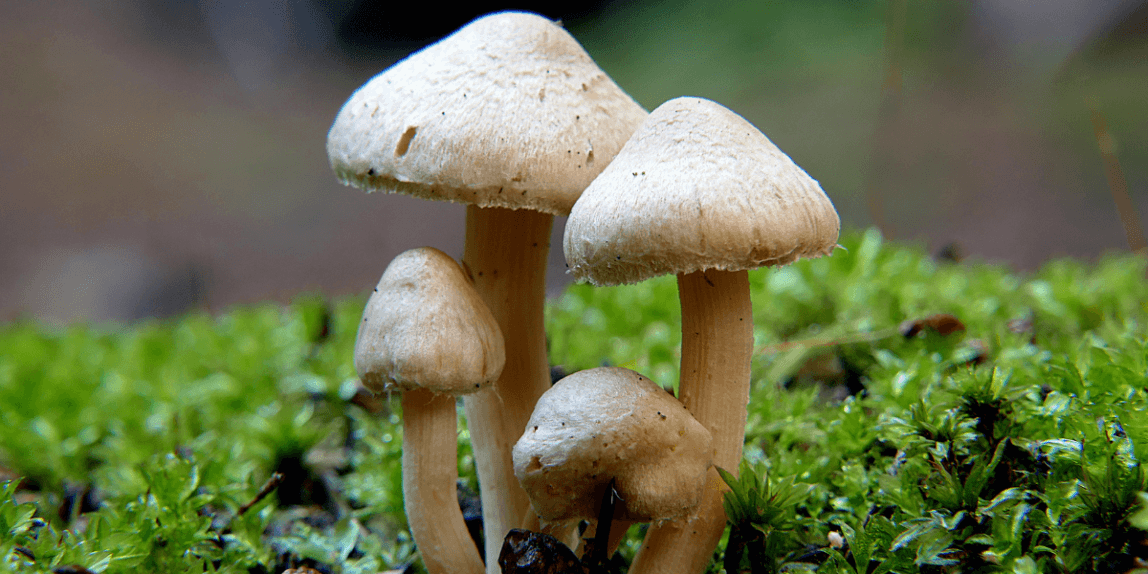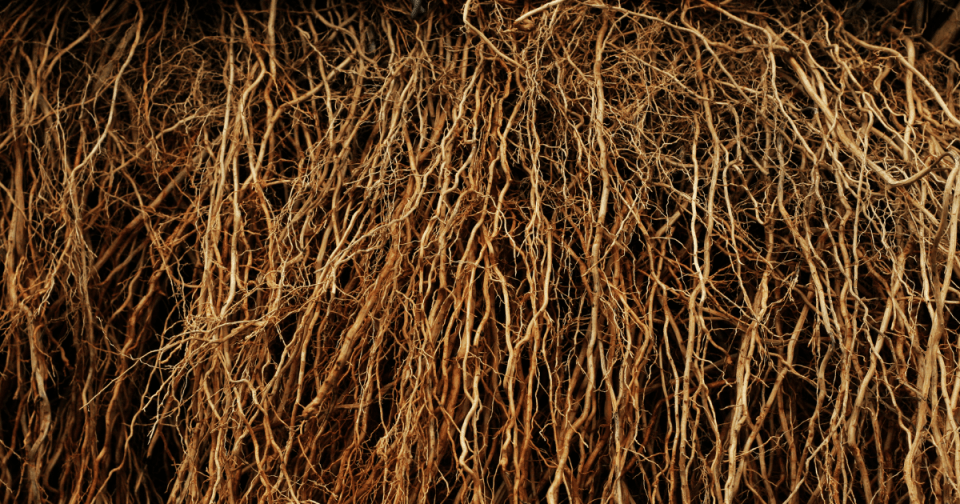
When we think of plants, we often think of the parts we can see: the leaves, flowers, and stems. However, there lies a hidden world beneath the soil that plays an essential role in the health and growth of plants – the root system. In fact, the roots of a plant are just as important as the parts we can see, if not more so. Although plants may appear to be anchored in one spot, their roots are constantly growing, reaching out into the surrounding soil in search of water and nutrients.
The root system is composed of many different types of cells, each with a specific function. The outermost layer of cells is the epidermis, which protects the root from damage and helps it absorb water and minerals from the soil. At the end of a root, you’ll find root cap cells that help protect the tips of growing roots from damage. On the other hand, root hairs exist along the rest of the root, and help to increase the surface area for better water absorption. Beneath the epidermis is the cortex, a layer of spongy cells that stores water and nutrients.
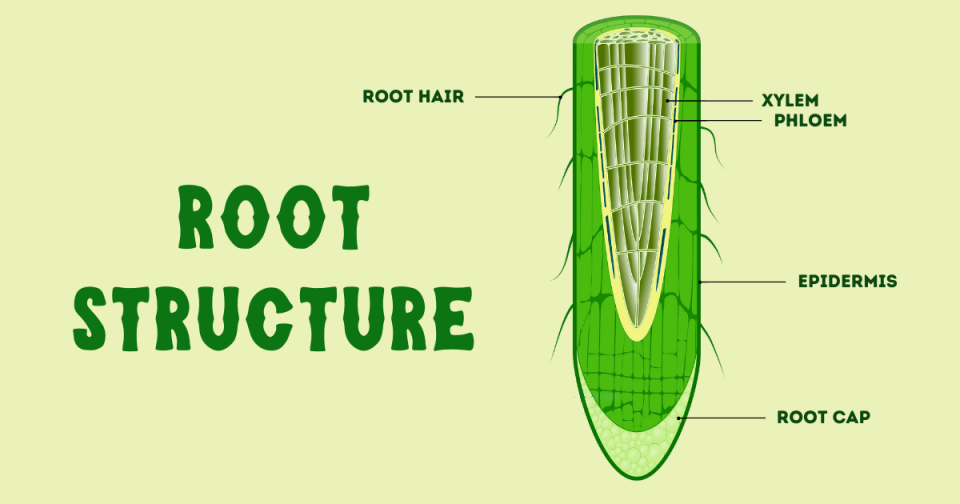
Root systems also contain vascular tissue, which runs through the center of the system and transports water and nutrients to all parts of the plant. The xylem tissue carries water and minerals up from the roots to the leaves, while the phloem tissue transports sugars and other organic compounds down from the leaves to nourish the roots.
Although root systems are complex mechanisms that support plant health and growth, they are not working alone. In fact, a healthy root system is supported by mycorrhizae, a type of fungus that forms a symbiotic relationship with plant roots. The fungi attach themselves to the plant roots and form a network of threads, called hyphae, that extend through the soil. This network allows the plants to access a greater volume of soil because of a larger surface area, increasing the roots’ ability to uptake water and nutrients. In return, the plant provides the fungus with sugars and other organic compounds it produces through photosynthesis.
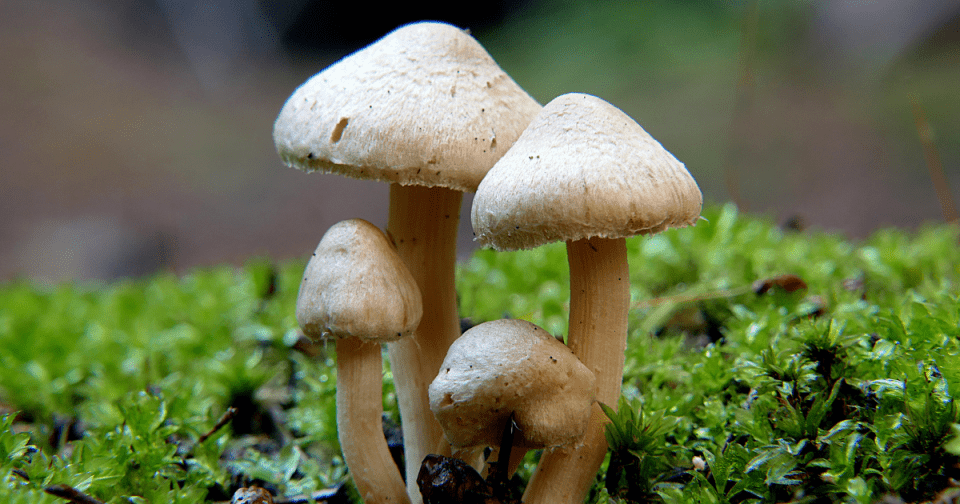
There are two main types of mycorrhizae: ectomycorrhizal and endomycorrhizal. Ectomycorrhizal fungi form a sheath around the plant root tip and play an important role in decomposing organic matter and recycling nutrients. On the other hand, endomycorrhizal fungi penetrate the plant cells, helping to improve nutrient uptake and protect the plant from disease-causing pathogenic microorganisms by taking up space and nutrients. The symbiotic relationship between mycorrhizae and plants is greatly beneficial, as it has been shown to increase drought tolerance, improve soil structure, and increase microbial activity. You may be asking yourself, “How can I tell if there is healthy microbial activity in my soil?” Well, a good indicator is mushrooms! If you find them popping up in your garden, you likely have healthy mycorrhizae helping your plants to thrive.
To encourage mycorrhizae growth in your garden, you can use a fertilizer with mycorrhizal inoculants. Great options include fertilizers from the Dr. Earth Fertilizer Line, as these products contain live ectomycorrhizal and endomycorrhizal fungi. Another way to encourage mycorrhizae growth is to plant members of the Allium, Apiaceae, and/or Fabaceae families, as these plants are known to form strong relationships with mycorrhizal fungi. Once established, they can help to inoculate other nearby plants with mycorrhizae.
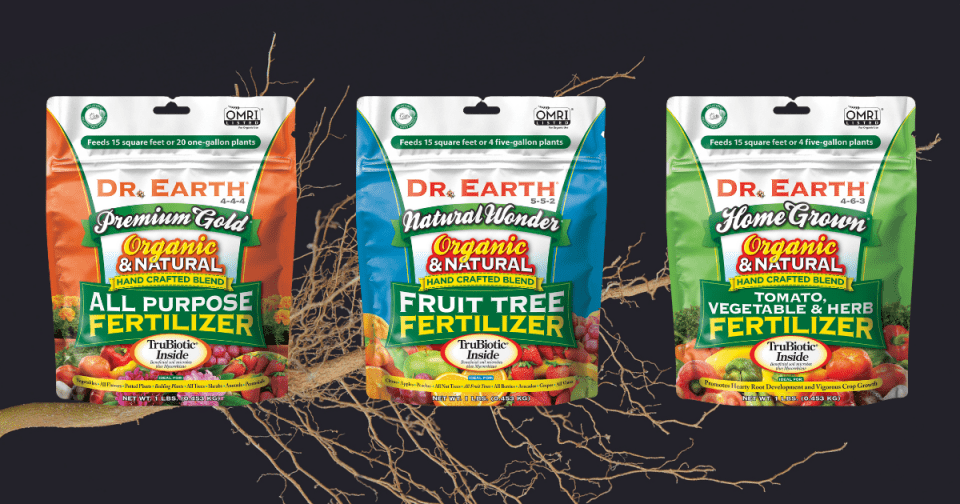
In addition to adding mycorrhizal stimulus into the garden, it’s important to maintain a healthy soil environment. Soil that is too wet or too dry, too acidic or alkaline, or lacking in organic matter can be hostile to mycorrhizal fungi. For desert gardeners, it’s typically necessary to lower the pH of the soil and add organic matter to the mix. To learn how, check out our Ultimate Guide to Improving Desert Soils.
While we may not be able to see the mycorrhizae working alongside growing roots, we can certainly see the results of their labor in the lush, healthy plants around us. Next time you’re admiring a beautiful flower or bountiful garden, remember to give a little credit to the team working hard under the soil!
Happy gardening!
